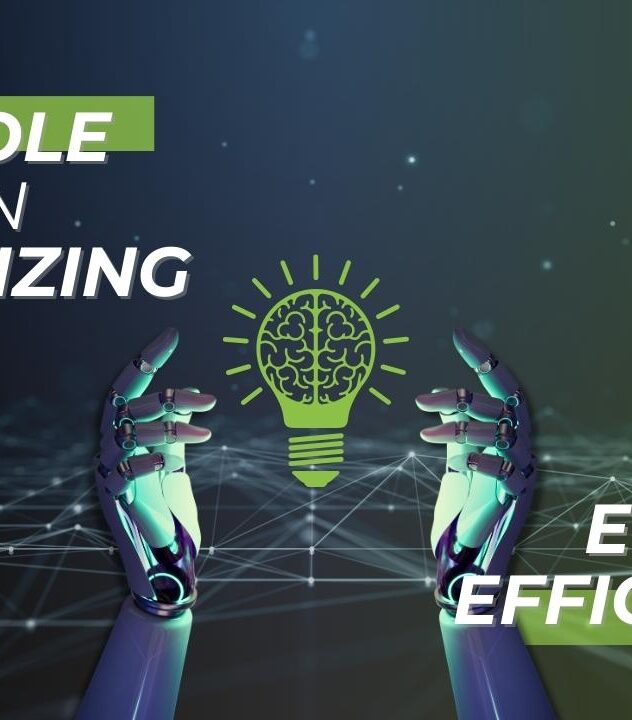
Inside the EU ETS: From Emissions Caps to Market Mechanisms
To combat greenhouse gases emissions, the European Union introduced the first multi-state carbon market in 2005. By 2015, it had become the world’s largest emissions trading scheme, that aims to limit greenhouse gas emissions through a market-based approach.
How Does the EU ETS Work?
The European Commission sets an emissions cap for a given period. This cap is divided into tradable allowances, each representing the right to emit one tonne of CO2 equivalent. Companies must balance their emissions with allowances and have four months to reconcile any excess emissions by purchasing allowances or offset credits. Failure to comply results in fines and the need to provide the missing allowances.
Example: Emission Allowances in Action
Consider two companies, each with 100 allowances. If Company A emits 120 tonnes of CO2, it must buy 20 additional allowances. If Company B emits only 80 tonnes, it can bank the excess 20 allowances or sell them.
Scope and Reach of the EU Carbon Market
The EU ETS covers almost 50% of European CO2 emissions, encompassing around 16,400 of the most polluting facilities in the energy and industrial sectors.
Influence of Carbon Pricing on Business Strategies
Setting a carbon price incentivizes companies to reduce emissions. Firms must decide whether to buy allowances or invest in low-carbon technologies. If the cost of allowances is lower than reducing emissions, companies will buy allowances. Conversely, if reducing emissions is cheaper, firms will invest in technology. This market-driven approach supports the development of clean technologies.
Introduction of EU ETS II
The EU ETS II, part of the Fit for 55 reforms, targets previously unregulated sectors:
Fuel Distribution for Road Transport: Covers fuel distributors and suppliers for vehicles, encouraging emission reductions in transport.
Buildings: Includes fuel distributors for heating, promoting energy efficiency in residential and commercial buildings.
Additional Industrial Sectors: Focuses on smaller industrial operations previously outside the original EU ETS.
By expanding the emissions trading system to these areas, the EU seeks to create stronger incentives for emission reductions through market-based mechanisms.
Regulations and Compliance Entities covered by EU ETS II must hold a greenhouse gas emissions permit by 1 January 2025, including an approved monitoring plan for emissions reporting.
The EU ETS and its extension, the EU ETS II, are crucial in Europe’s strategy to reduce greenhouse gas emissions. By setting a carbon price and expanding to new sectors, the EU aims to drive innovation in clean technologies and move closer to its climate neutrality goals.
Begin your path to zero emissions today!
Contact us at hello.dese@sciven.com






Leave a Reply